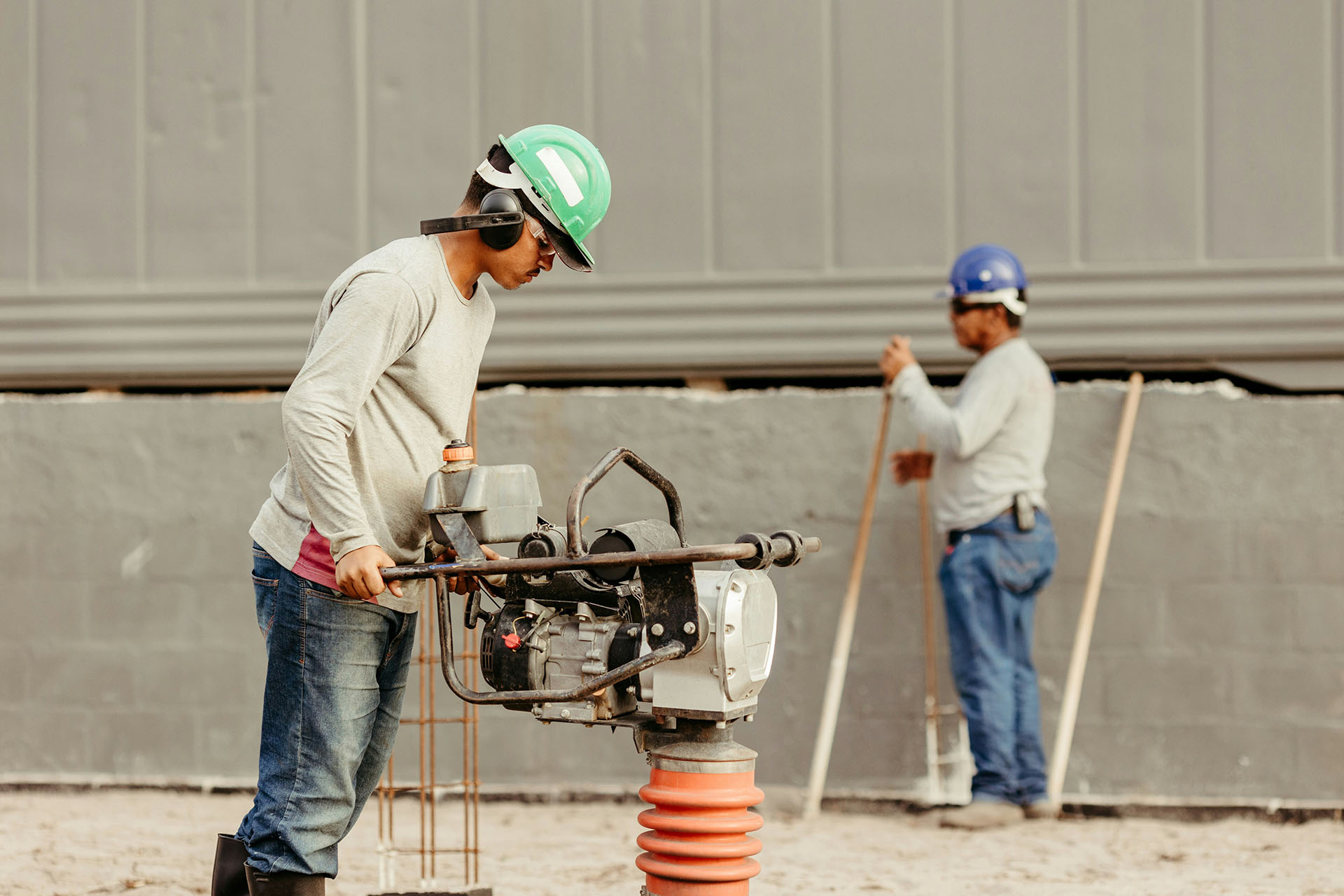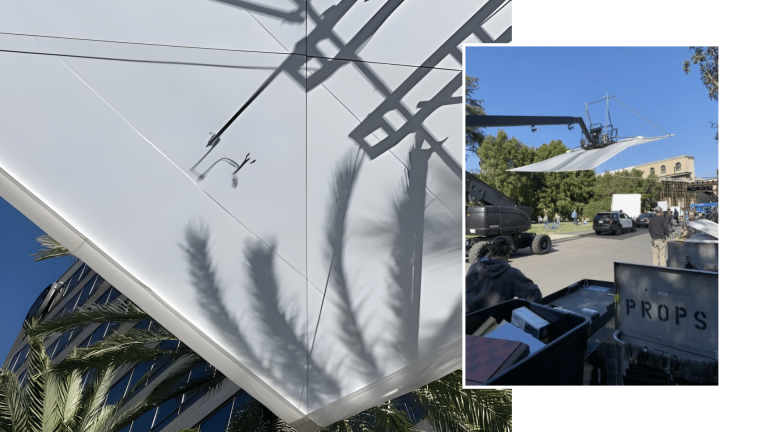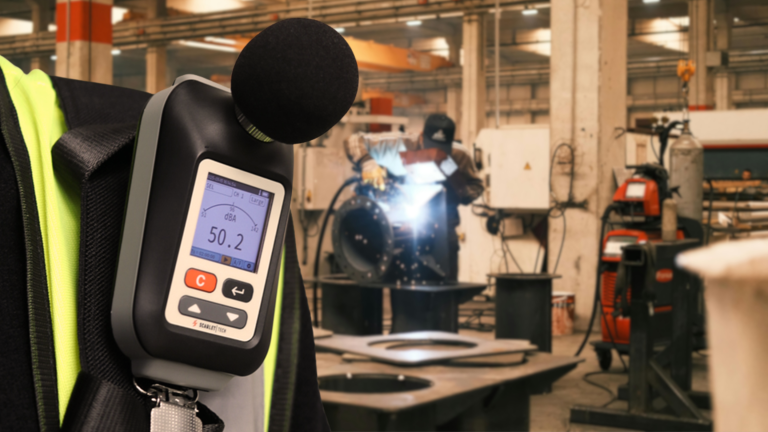Occupational noise exposure is a silent threat, affecting millions of workers across industries. Prolonged exposure to high noise levels can lead to Noise-Induced Hearing Loss (NIHL), an irreversible but preventable condition. Beyond the health impact, failure to manage noise risks can lead to regulatory non-compliance, resulting in penalties and a diminished workforce.
Navigating Regulatory Standards
Several key regulatory standards define permissible noise exposure limits to help businesses mitigate these risks. Understanding the differences between these standards is essential for effective implementation. The table below outlines major standards, their criterion levels, and exchange rates based on an 8-hour time-weighted average:
| Standard | Criterion Level (dBA) | Exchange Rate (dB) |
| OSHA | 90 | 5 |
| NIOSH | 85 | 3 |
| MSHA | 90 | 5 |
| DOD | 85 | 3 |
| ACGIH | 85 | 3 |
Table: Comparison of Noise Standards
The exchange rate represents the increase in noise level that halves the allowable exposure time. For example, under NIOSH’s 3 dBA exchange rate, an increase from 85 to 88 dBA reduces the permissible exposure duration from 8 hours to 4 hours.
Graph: Relationship Between Permissible Exposure Time and Noise Level

Noise Exposure Limits at Workplace: Examples
Understanding noise exposure data is critical for workplace safety.
According to NIOSH guidelines, an 8-hour shift at 85 dBA constitutes a 100% noise dose. If the noise level rises to 90 dBA, a worker reaches a full dose within just 4 hours, and an 8-hour shift at this level results in a 200% dose. In Ontario, a worker in a bottle washing and filling facility was found to have a 270% noise dose—far exceeding safe exposure levels.
These examples highlight the importance of using precise and reliable tools to measure and control workplace noise exposure. Industries such as construction, aviation, and road maintenance, where noise hazards are prevalent, particularly benefit from regular assessments and advanced monitoring solutions.
Meeting the Challenge with Advanced Solutions: Noise Dosimeter
Effectively managing workplace noise exposure requires the use of accurate measurement tools, such as noise dosimeters. These devices continuously monitor an individual’s noise exposure over time, ensuring compliance with regulatory standards.
Scarlet’s Personal Noise Dosimeter (ST-591) provides a practical solution for industries striving to meet noise regulations while protecting worker health. It allows for simultaneous measurement with two independent settings for easy regulatory compliance and real-time 1/1 and 1/3 octave band analysis for detailed noise frequency insights. Designed for demanding environments, the ST-591 is also built with IP65 ingress protection, enhancing its durability in harsh conditions.
Take the next step in protecting your workforce. Contact us at info@scarlet.com.tw to learn how the ST-591 can support your workplace safety needs.



